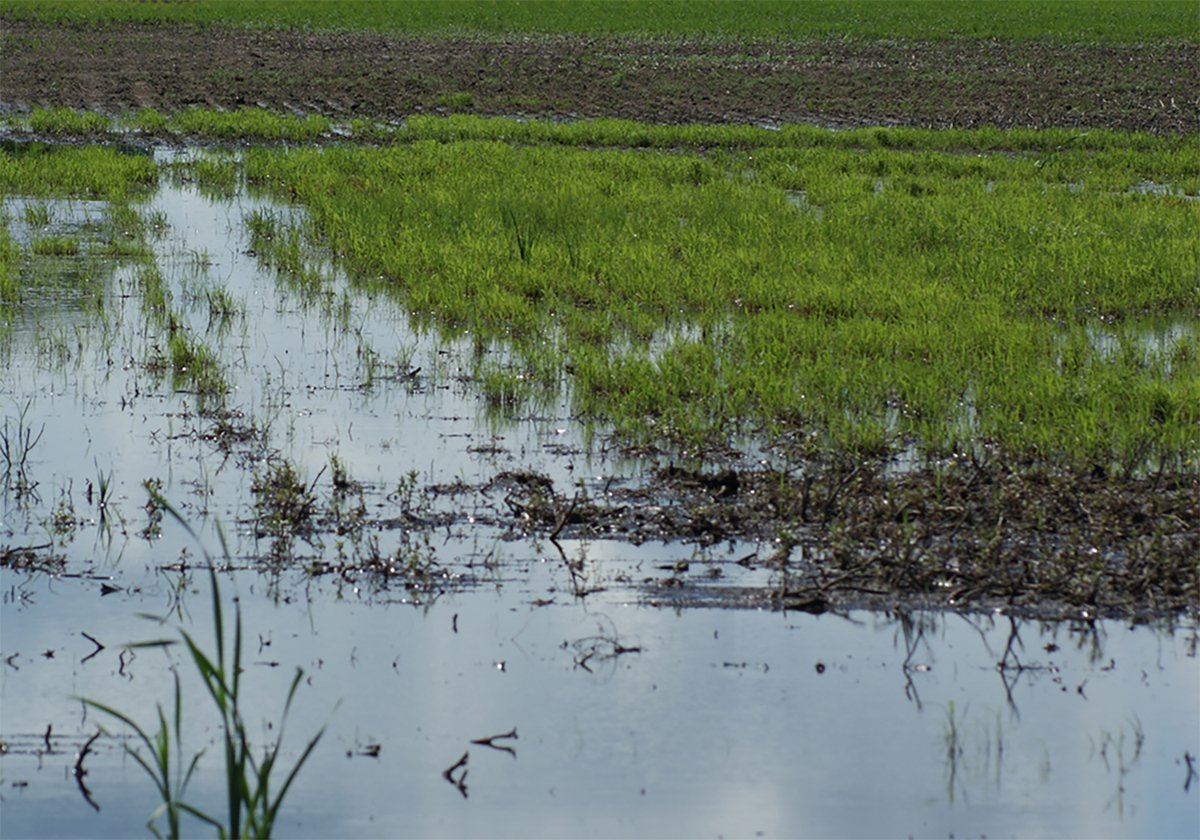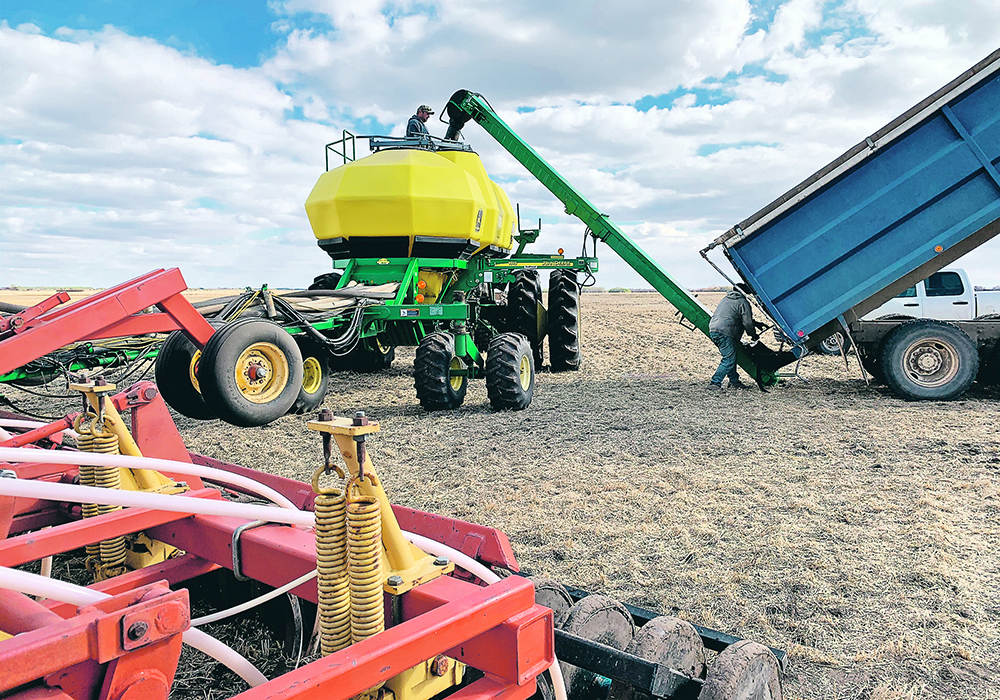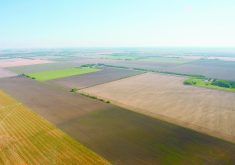Several years ago on Twitter, a farmer joked that farming is borrowing $800,000 in spring and burying it, hoping that it yields $850,000 in fall.
This year may be the most expensive input crop in history, and this highlights the risk that producers face. With rising interest rates, I recommend reviewing your 2023 input financing options before paying too much interest.
As an accountant, I have the interesting perspective of seeing how a variety of operations pay for inputs. There is a 15- to 21-month time gap between producers that prebought their 2023 inputs in summer of 2022 to producers that buy their inputs in spring and summer 2023 with input loans they will pay by March 2024.
Read Also

Topsy-turvy precipitation this year challenges crop predictions
Rainfall can vary dramatically over a short distance. Precipitation maps can’t catch all the deviations, but they do provide a broad perspective.
With the prime rate rising to 6.7 percent in January 2023, what interest rate will you pay on the inputs? There are a lot of options for financing inputs. Here are a few:
- Eighteen percent interest Nutrien Scotiabank input loans, rebated down to 12 percent interest if repaid by Feb. 29, 2024, are consistently the highest interest rate product, but they sometimes have specials with interest-free periods. Nutrien makes sure it collects its input loans first by having the highest interest rate.
- The Richardson Rabobank Canada Ag-Partner Financing input loan at 9.95 percent interest is calculated at the prime rate plus 3.25 percent, and as the prime rate changes, the interest rate changes as well. Loans for 2023 are due by Jan. 31, 2024.
- Input loans for Farm Credit Canada are offered at 9.95 percent interest. These are prime plus 2.95 percent. These loans are due March 15, 2024, for 2023 purchases.
- Secured lines of credit at seven to eight percent interest are available through FCC and banks. The interest rate is based on the prime rate plus one to two percent, depending on your risk rating. Accessing these lines of credit usually requires the lender to have security on your land. However, if you have land secured already, I recommend talking to your lender about setting up a line of credit to finance your inputs. You could save two percent, or $2,000, per year per $100,000 of debt by repaying your input loan with a secured line of credit. Once this line of credit is set up, it is important to treat it as an input loan and repay it every year, rather than buying equipment or land with it.
- A Pioneer seed loan through PHI Financial Services Canada Ltd. is offered at 5.7 to 8.7 percent interest. Pioneer’s seed loan product was one percent below the prime rate if seed was locked in by Dec. 9, 2022. This increased to prime plus two percent for purchases before March 31, 2023. PHI input loans are due Dec. 1, 2023, so they must be repaid earlier than other input loans.
- The Advance Payments Program offers advances at 5.95 percent interest through the Canadian Canola Growers Association and FarmCash. These government programs advance up to $1 million based on your commodities, crop insurance and AgriStability coverage. The interest rate is at prime less one percent.
- Cash advances are available for 2023, with the first $250,000 of a cash advance being interest free. This is the cheapest financing available. The best benefit for the program is the spring cash advance, which starts April 1 for the 2023 crop year. For example, if you have 28 bushels an acre of canola insurance coverage at the $9.02 per bu. 2023 advance rate, you could receive a $250 per acre cash advance. Sixty percent of this would be received in April or early May, depending on when you apply, and the remaining 40 percent would be paid after you file your seeded acre report. These advances must be repaid as you sell commodities, with the final repayment deadline for 2023 advances in September 2024. Applying for a spring 2023 crop advance just to access this interest-free cash is worth the extra paperwork.
Many farmers pay cash for inputs, which leads me to the final consideration: does your marketing plan take the time value of money into account?
If your highest interest rate loan is 10 percent, your crop needs to appreciate by .83 percent per month just to offset your interest cost. In the six months between March and August, your interest cost would be five percent. If you could deliver $19 per bu. canola now, you would need to sell canola for $20 per bu. in August to cover your interest cost in that time frame. Your marketing plan for fall 2023 grain sales should also take this time value of money on your loans into account.
With the loans mentioned in this article, the interest rates should be confirmed with your lenders because the terms and rates may change.
I recommend reviewing all of your financing options before paying too much interest on high interest rate input loans.
Levi Derksen, CPA, CGA, is a senior manager in the Ag Team at Buckberger Baerg & Partners LLP in Saskatoon.















